#natural pigmentation
Explore tagged Tumblr posts
Text
A revolutionary serum that boosts melanin synthesis in the roots to revive hair's natural pigmentation. Reduces oxidative stress in the hair follicles, combating premature greying to promote darker, healthier hair.
0 notes
Note
Forgive me if this comes across as strange, but I really enjoy the rich color you use for blood in your drawings. It's great for contrast against Machete's otherwise pale complexion, but it also really conveys the blood's vitality - it makes it feel alive and living, warm, even. That color, and all your art, really, is vibrant and full of life, enough so that it challenges the negative associations of death and injury that blood conveys. I just wish poor Machete had more of it inside him than outside
Thank you! I've never thought about it from that angle.
I know that realistically I should color the blood darker, maybe with a more maroon tint, but the visual intensity of vivid scarlet is just irresistable to me I guess. The excuse I tell myself is that in Machete's case, his white fur naturally provides the lightest possible background for that blood to sit on, maximizing the brightness and vibrancy it has to offer.
This is beside the point but I've also understood that anemia can affect the color of your blood if severe enough, but I'm not a medical professional so I can't really verify how visible that is to a naked eye. Not having enough hemoglobin makes it look diluted in a way.
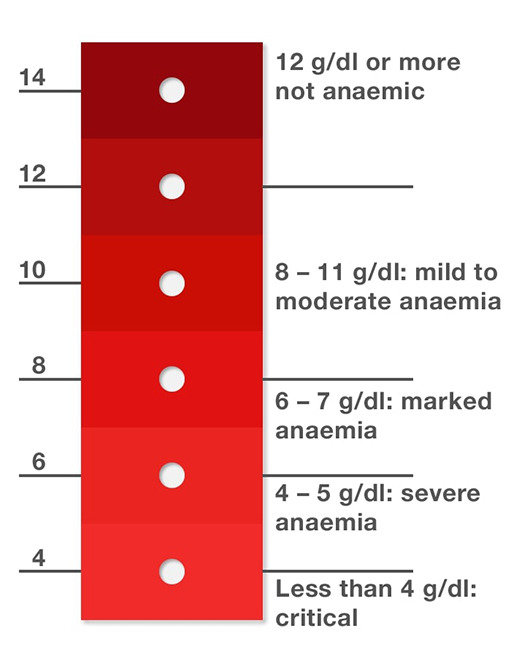
#not to ramble aimlessly about this but the color red and the theme of “blood=vitality” are central to his character in general#it's the color of his cardinal robes obviously and an eyecatching symbol of his accomplishments which are a crucial part of his identity#vivid red dye like that was exceedingly expensive so being able to wear it was a mark of high status#since he doesn't produce pigment of his own and doesn't have natural markings per se all color in his design#the hues of peachy pink and salmon even the vascular dark circles under his eyes#come from blood showing through the subtly translucent tissue#he struggles with an undiagnosed blood disorder and goes through regular bloodletting in a lamentably misguided attempt to cure it#a widespread and ordinary treatment at the time#and eventually gets assassinated and dies of hypovolemic shock#as a result of not being able to let go or escape his position in the church in time#answered#skespers#white dog syndrome
476 notes
·
View notes
Text

Natural Order
Ross Bleckner
Archival pigment print and acrylic on Innova cotton rag paper, 2024
#Ross Bleckner#art#artist#Archival pigment print and acrylic on Innova cotton rag paper#Natural Order
100 notes
·
View notes
Text

Mermaid done with natural pigments 💜🫧
#mermaid#mermay#illustration#painting#natural pigments#my art#art#traditional art#artist on tumblr#human artist#traditional painting
38 notes
·
View notes
Text
How Inkfish Change their Ink Colour
Here's an extremely long, (poorly) illustrated speculatory post about how ink and inksports could THEORETICALLY work in Splatoon! yippee!
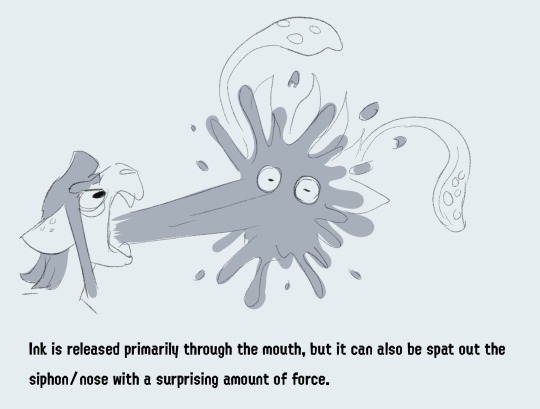
Ink is a mucous that Inklings, Octolings and Cuttlings produce with their ink sac, where it can be expelled through the mouth and siphon (and through the skin via the ink vessels, but don't worry about that just yet). You can take a look at my diagram of the ink vessels here.
Spitting up or sweating ink is a common stress response in ink-bearing cephalopods, it also serves as an extremely rude gesture if you happen to aim it at someone else's face.
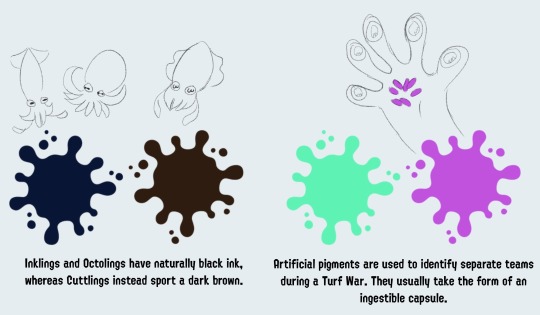
Inkfish actually can't change ink colour on their own, so instead they have to rely on artificial means to brighten and saturate the colour into something more easily recognisable.
The history behind inksports is extensive. In ancient times, inkfish would use naturally occurring dyes (such as clay, plants etc.) to change their ink colour, often to denote a particular social group. In modern times, colours are artificially synthesised and treated to have a minimal impact on the inkfish's body as possible, as believe it or not constantly eating red clay wasn't exactly good for you.
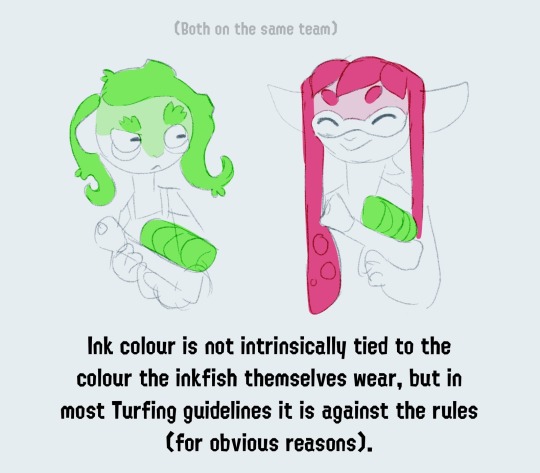
The colour of an Inkling or Octoling's skin is determined by chromatophores, which can be basically any colour or shade they choose. The chromatophores function completely independently from the ink sac, so it's possible to have differing skin and ink colours (although you'd probably confuse your teammates a fair bit).
This is fine and cool and all, but how do inkfish prevent different team colours from just blending all together in a match? WELL! While turfing capsules also change ink colour, they can also alter the chemical qualities of the ink itself by introducing something called polarity!
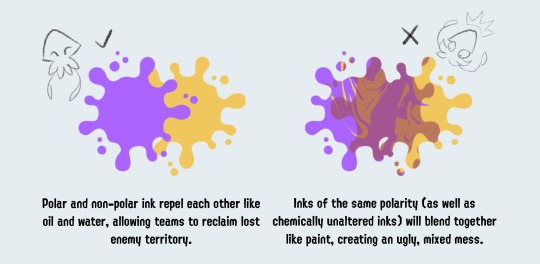
There are two kinds of turfing ink- polar and nonpolar. In easy terms (I am not a chemist), it's what allows two different colours of ink to sit on top of each other in separate layers instead of diluting together like paint. Before a match starts, each turfing team is given dye capsules in their respective team colour, with each team having opposing polarities to prevent inks from mixing together during the game.
Before technology got involved, people would simply use oil and water to prevent one ink colour from mixing with another's. Nowadays, oil and fat derivatives are commonplace as it's less likely to cause health problems as the body slowly processes it out.
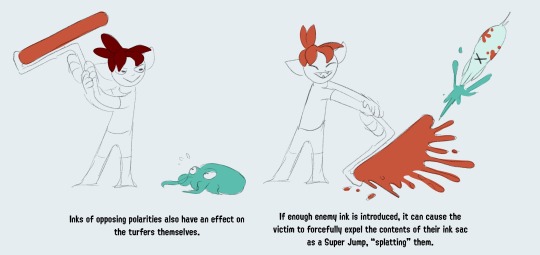
Splatting works when enemy ink reacts with the outermost ink vessels in an opposing team member's skin, forcing the victim to contract their ink sac and spit up all their ink (usually in the form of a super-jump back to spawn, though in the moment it's not uncommon to overshoot it). It's also possible to splat someone with blunt force trauma, but we tend to call that assault. Splatting is usually not dangerous, but it's still not a terribly pleasant experience and is somewhat painful, akin to a nasty static shock.
This splatting reaction is also why water is used in turf stages as a restrictive barrier, as water causes the same splatting reaction in the body as enemy ink does (at least until the dye wears off).
Okay that's all I got, I'm not gonna go into ink weapon mechanics because I'm tired... perhaps another day haha. Hopefully that all made sense and I apologise deeply if it didn't. Feel free to shoot me an ask if something needs to be cleared up or explained in further detail haha
#I couldn't conjure a scientific way for ink to naturally change colour inside the body so I made another theory instead#I'm just not sure how they would be able to like.... make and mix pigments on the fly?? anytime??? it didn't sound right#I've been meaning to make this for months but it was really hard to put all my notes into a semi-coherent post#my art#splatoon#xeno tag#speculative biology#xeno inkling#speculative zoology#splatoon art#splatoon 3#splatoon headcanon#spec bio#spec evo#squid#octopus#inkling#octoling
299 notes
·
View notes
Text




09/29/2024
really fun day today !! i took an inkmaking workshop at the smithsonian ✒️🫐🌼 we were instructed to forage for any plants or berries in our neighborhood, which i did yesterday ! i extracted ink from chives and pokeberries. we also had a lot of goldenrod ink left over so i was able to bring it home as a pen. our instructor told us that civil war soldiers used pokeberry juice as ink to write love letters due to its vibrant magenta color 💓 it also stains like hell whoops
#unfortunately the ink isn't pigmented enough to write w#but i'm giving my inks to my mom so she can use them for watercoloring and other art stuff#neither of us are artists but we try...#tea-tuesday#mine#study inspiration#stationery freaks#stationery#nature#journal#ink#inkmaking
75 notes
·
View notes
Text
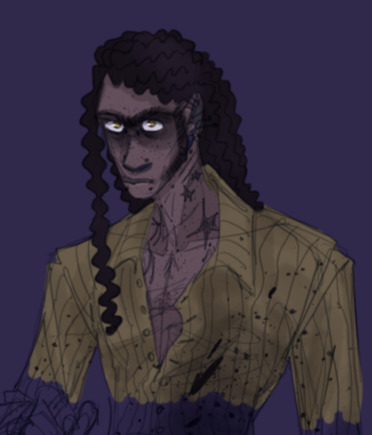
in the world where you never died
#this is its natural hair/eye color#it lost pigment in both when it got Snowfever around 9#t6fs#my art#anyway. scary universe#this scrimshander could never exist#it had to lose them all
33 notes
·
View notes
Text

Zephyr
Watercolor on Artboard
2022, 12"x 16"
Cherry Blossoms
Turquoise
#art#nature#flowers#floral#trees#artists on tumblr#watercolor#painting#minimalism#cherry blossom#cherry blossoms#cherry tree#cherry#cherry flowers#turquoise#blue#crystal pigments#artists#artist#female artists#artwork#plants#cottagecore
195 notes
·
View notes
Text
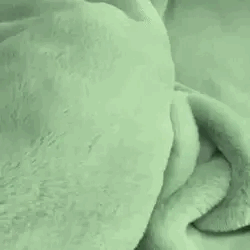
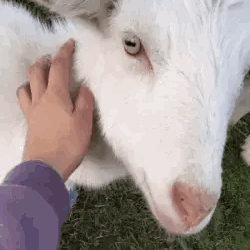
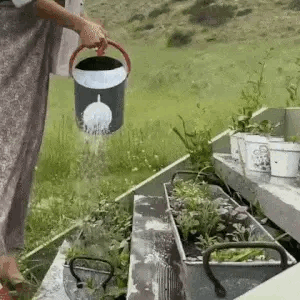

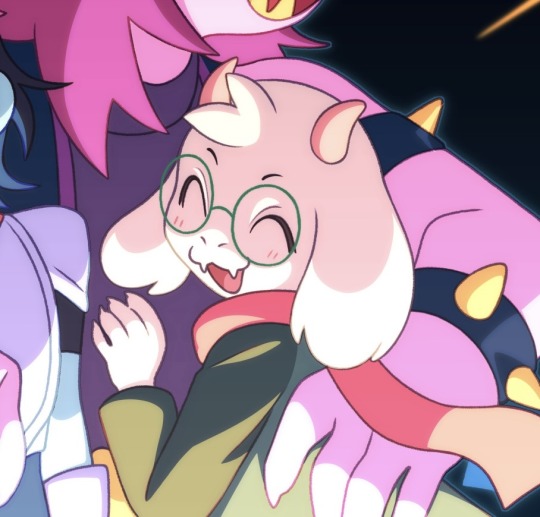
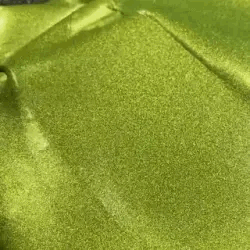
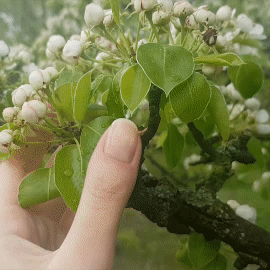
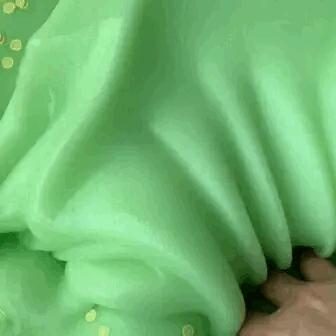
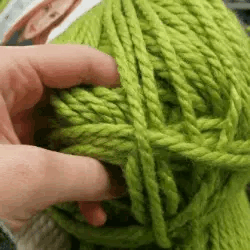

The Fun Gang (3/3 - Ralsei)
💚🐐✨ | 💚🐐✨ | 💚🐐✨
#blossoming boards#deltarune#utdr#ralsei#ralsei deltarune#ralsei dr#matcha#food#slime#paint#pigment#nature#fabric#fun gang#the fun gang#hands#hands cw#yarn#goat#animals#animal stims#deltarune stimboard#deltarune stim#stimboard#sensory#visual stim#stimblr
13 notes
·
View notes
Photo
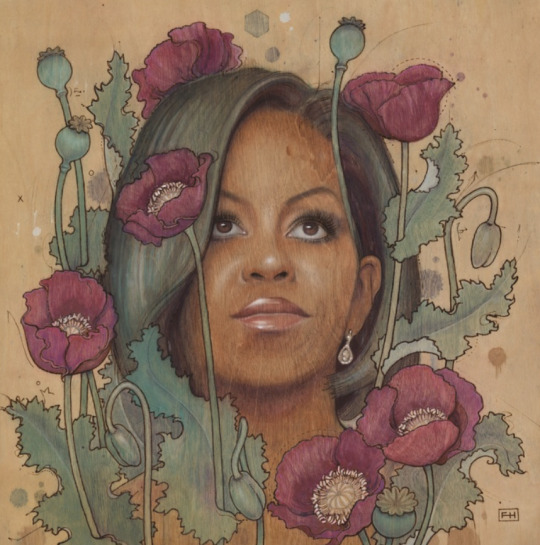
"Michelle" by Fay Helfer
#art#print#illustration#artist#fay helfer#portrait#woman#plant#face#botanical#poppy#obama#pyrography#natural pigments#michelle obama#first lady#flotus
348 notes
·
View notes
Text

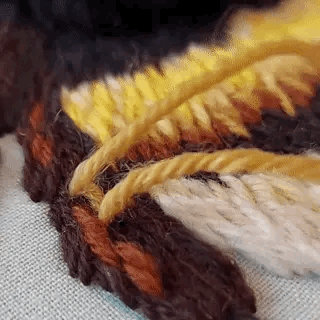
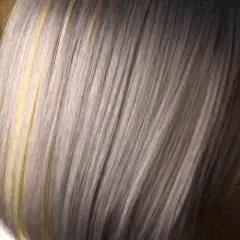
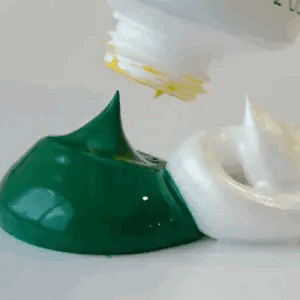
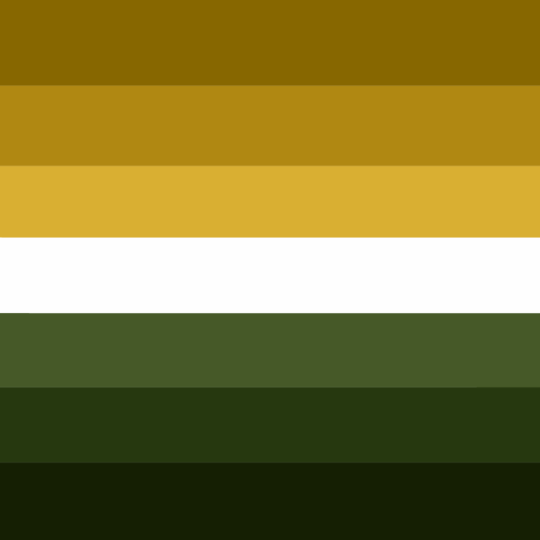
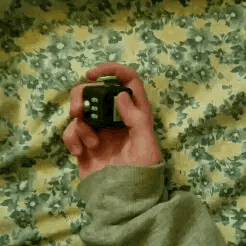
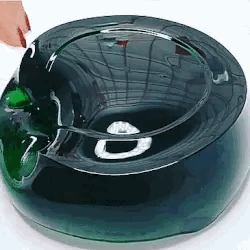
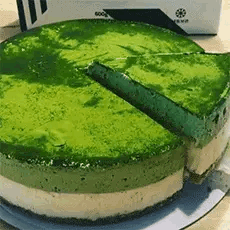
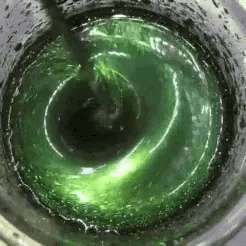
It/Its Stimboard
x/x/x x/x/x x/x/x
#it its#pronoun pride flag#fam rq#yellow#mustard#white#green#grey#brown#dark green#olive green#nature#water#embroidery#hair#paint#stim toys#poking#slime#food#glitter#pigment mixing#my stimboards
30 notes
·
View notes
Text
Dillon Samuelson
Phantom Limb
oil on canvas
18 x 28"

#dillon samuelson#phantom limb#oil on canvas#18 x 28#artist painter#original art#art#art style#artwork#colors art#women in art#lansdcape art nature#naturar color canvas & oil#nature colors#chalk pastel#oil pastel#watercolor art#oil pigment limestone on canvas#oil on panel#oil canvas#art colors#ooctoopussy#xpuigc#xpuigc bloc
26 notes
·
View notes
Text


Alpine forget-me-not, Myosotis asiatica 🌱
#these are the Alaska state flower!!!#which is interesting bc I only saw them this once#maybe just wasn't in the right terrain#these were on a trail leading to a lake and like half of it was flooded#so very wet freshwater area#¯\_(ツ)_/¯#cottagecore#nature#wildflowers#forget-me-not#forget me not#original#Alaska trip#I just noticed how the buds are various shades of pink! just like Virginia bluebells!! i wonder why 🤔#no info on forgetmenots specifically but for bluebells it's the pH! the flowers open bc of fluid being pushed in which has a different pH#which interacts with the chemical pigment and makes it blue! I like hydrangeas I think#and apparently they turn pink again after being pollinated as they get ready to lose the petals and start fruiting#neat :3#plants#flora
34 notes
·
View notes
Text
Malcolm T. Liepke
Contemporary American Painter





#malcolm t. liepke#Contemporary American Painter#artist painter#original art#art#woman’s art#art by women#art work#art style#art colors#american artist#american painter#watercolor colors#oil on cotton#oil and pigment on canvas#acrylic canvas#natural colours#nature colors#pastel colors#naturalist painter#frank murdoff#octopussi#xpuigc#xpuigc bloc
24 notes
·
View notes
Text

Fluorescent agate
Under Uvlight - Green beauty
#fluorescent minerals#fluorescent#fluorescent agate#stone aesthetic#agate#special collections#collectibles#crystals#geology#achat#crystal collection#rocks and minerals#gemstones#agate collection#blue agate#rock hounding#crystal#mineral pigments#mineralspecimen#mineralspecimens#gems#natural#uv light#uv art#natural art
8 notes
·
View notes
Text

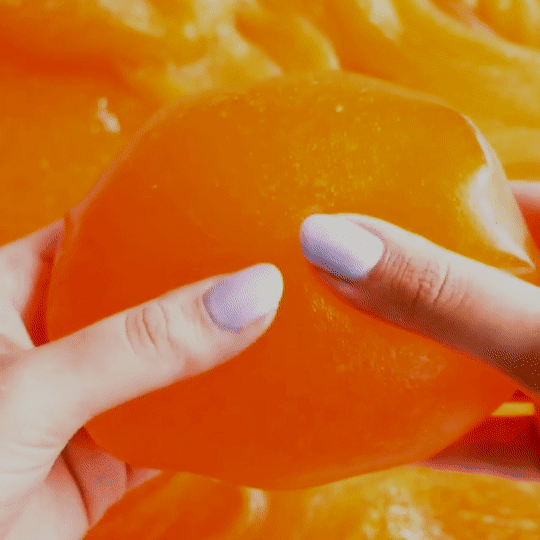
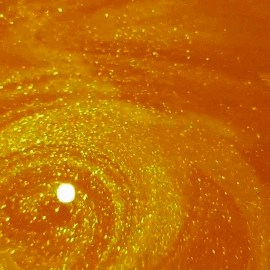



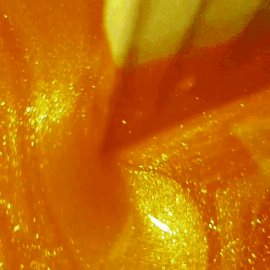
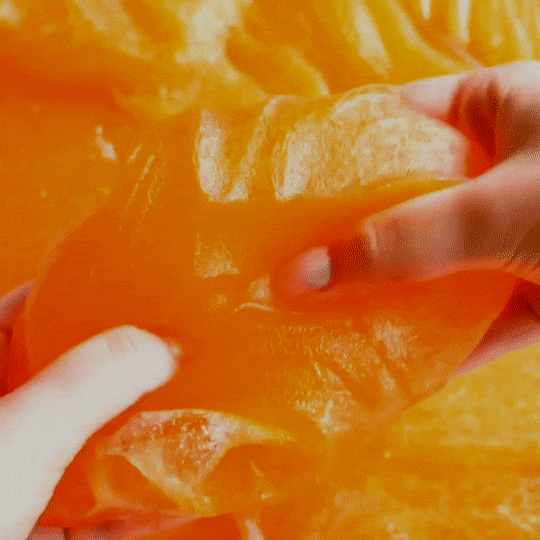
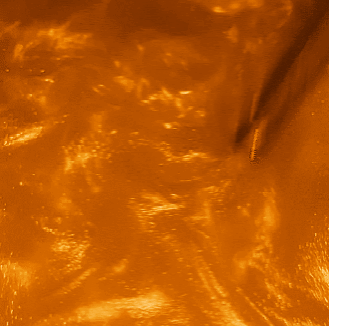
Goldfish stimboard
×/×/× ×/× ×/×/×
This was a request!
#text#stim#gifs#my edits#autismposting#orange stim#yellow stim#goldfish#carp#fishieposting#fishes#shiny stim#pigment stim#glittery stim#glitter stim#mixing stim#ocean stim#sky stim#clouds stim#shimmery stim#liquid stim#fluid stim#fishposting#fishblr#up close#nature stim#scenery stim#outdoors stim#slime stim#icee slime stim
31 notes
·
View notes